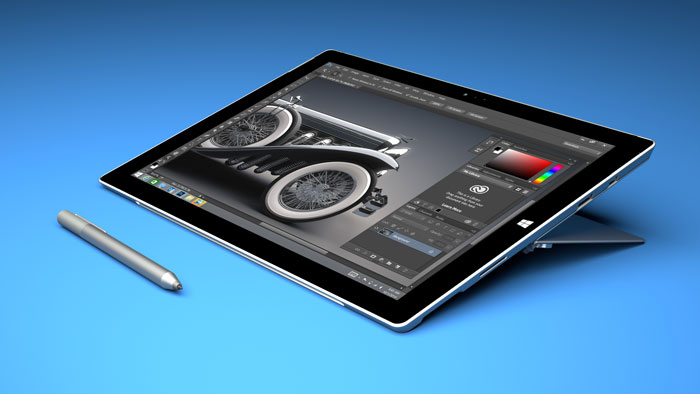How to choose the right Windows 10 laptop for school
The rollout of Microsoft Windows 10 has finally started, and manufacturers are gearing up to ship brand new Windows 10 devices. While many new devices, will still ship pre-loaded with Windows 8.1 for a little while, the option to upgrade to Windows 10 is an implied selling point, which has been carried out by Windows Insiders who have tried the operating system since its first build, and offered a thorough look at the many reasons why it is indeed worth upgrading.

Some of these reasons include how Windows 10’s desktop look and feel is a perfect blend of Windows 7 and Windows 8.1, with the addition of Cortana’s voice activated virtual assistant capabilities, and last, but not the least, the range of built-in Universal apps, like Mail, Calendar, Groove Music and Maps, available to start being productive right out of the box.
Speaking of productivity, the choices available to students looking to shop for new laptops, this years, have multiplied, with an influx of devices that, not only sport great hardware specs, but also promise an even better user experience when upgrading to Windows 10. Many of these devices will also feature advanced security capabilities, such as Windows Hello’s biometric recognition, which allows devices to unlock, using Intel RealSense 3D cameras, built into many new and upcoming laptops.
The ideal specs for college laptops vary greatly, and are specific to the type of classes involved. By this token, we’ll be looking at comparing three different Windows 10 laptops, for three different scenario, and hopefully provide some guidance for students looking to make the best possible investment. The following laptops have been picked using key parameters that include size, portability and performance.
For less than $500, this 11.6 inches laptop is a little bigger than the average tablet, however, the small size and lower price range shouldn’t deter students looking for an attainable ultraportable capable of delivering high performance. This device is powered by a 1.59GHz Intel Atom processor, which is perfect for tasks that involve word processing, web browsing, playback of multimedia content, and anything that doesn’t necessarily require excessive processing power. This laptop also ships with 4GB of DDR3L memory, and best of all, 64GB of flash storage, which makes this little device extremely fast and reliable.
The choice of ports available include one SD card reader, one micro USB 2.0, a regular USB 2.0 and a USB 3.0 available on the keyboard dock, as well as one micro-HDMI which allows to connect the T200TA to an external display, like a PC monitor or HDTV.
For students required to do a moderate amount of lab work, such as programming, or engineering, the R30’s 2.6GHz Intel Core i5 4210M delivers plenty of processing power, coupled with an entry-level configuration that includes 4GB of DDR3L memory, a 500GB HDD and Intel HD Graphics 4600.
The 13.3 inches display on the Toshiba Portege R30 is capable of HD resolutions up to 1366x760.
The price of this particular model is about $200 higher than the T200TA, but the gain on performance is noticeable. When moving frequently across campus, it’s necessary to have a device with great wireless capabilities. The R30 integrates a 802.11ac Wi-Fi receiver, with dual-band wireless-AC7260, for best long-range connectivity on weaker signals.
When it comes to campus life, security is also paramount, and the R30 comes with a fingerprint reader compatible with Windows Hello, which allows to unlock Windows 10 without using passwords.
Priced slightly above the $800 mark, Microsoft Surface Pro 3 is the ideal ultraportable for courseware requiring plenty of processing power, while maintaining a low profile in terms of weight and size.
Powered by a 1.5GHz Intel i3 processor, Microsoft Surface comes with an entry-level configuration that includes 4GB of memory, 64GB SSD, Intel HD Graphics 4200, and a 12 inch touchscreen with a stylus.
Students enrolled in advanced multimedia classes involving graphic design, image processing and CAD drafting, will find Microsoft Surface Pro 3 a very versatile device.
A word about specs
When it comes to laptops for college, it’s important to keep an eye on specs as well as performance. For instance, choosing a laptop with a solid state drive, instead of HDD can boost response times considerably for laptops powered by slower processors, and more memory also makes a difference.
Graphic hardware is also part of the equation, especially when needing to do a fair amount of lab work that involves image processing or 3D applications, no matter how powerful the main CPU is.